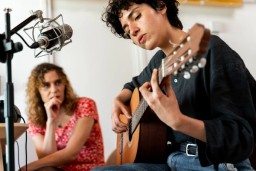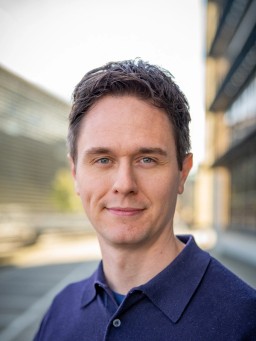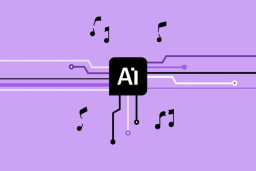
9. December 2025
Broad alliance seeks equal access to parental leave
Broad alliance seeks to correct inequitable legislation and ensure equal access to parental leave

3. December 2025
New Director of Publisher Relations with big ambitions
New Director of Publisher Relations with big ambitions: Andreas Rasmus Elley sets the course for the future

11. November 2025
Historic ruling: OpenAI found guilty of exploiting music
Historic ruling: OpenAI found guilty of exploiting music

4. November 2025
Koda sues U.S. tech company Suno for stealing Danish artists’ music
Koda sues U.S. tech company Suno for stealing Danish artists’ music

27. October 2025
Koda and BMAT partnership
Koda and BMAT partnership

17. September 2025
Artificial intelligence could cost Danish music EUR 921 million
New report: Artificial intelligence could cost Danish music EUR 921 million

27. August 2025
Polaris Hub to be discontinued at year-end
Polaris Hub to be discontinued at year-end

31. July 2025
New AI code undermines copyright
European Artists’ Organisations in joint appeal: ‘New AI Code undermines copyright’